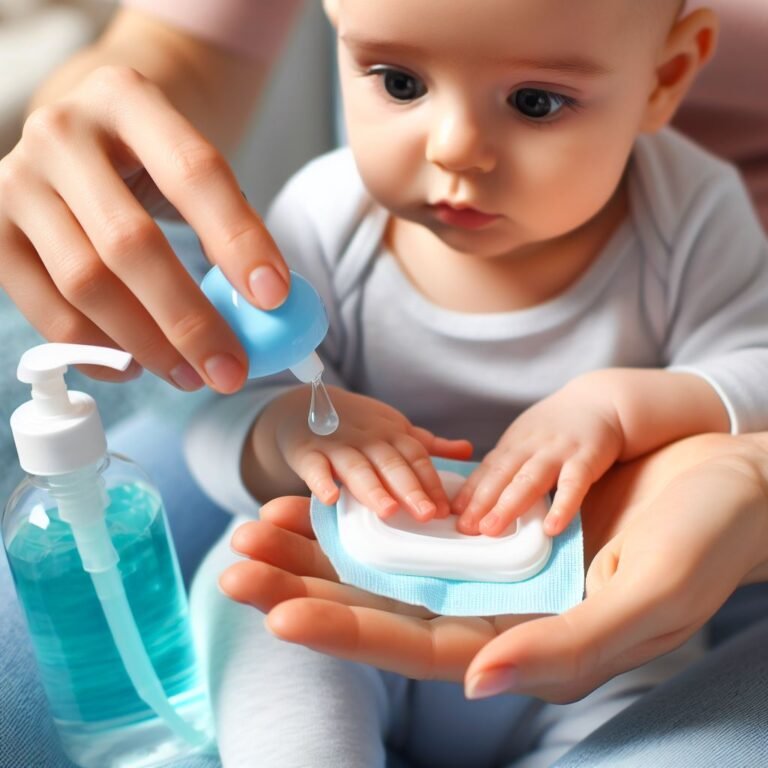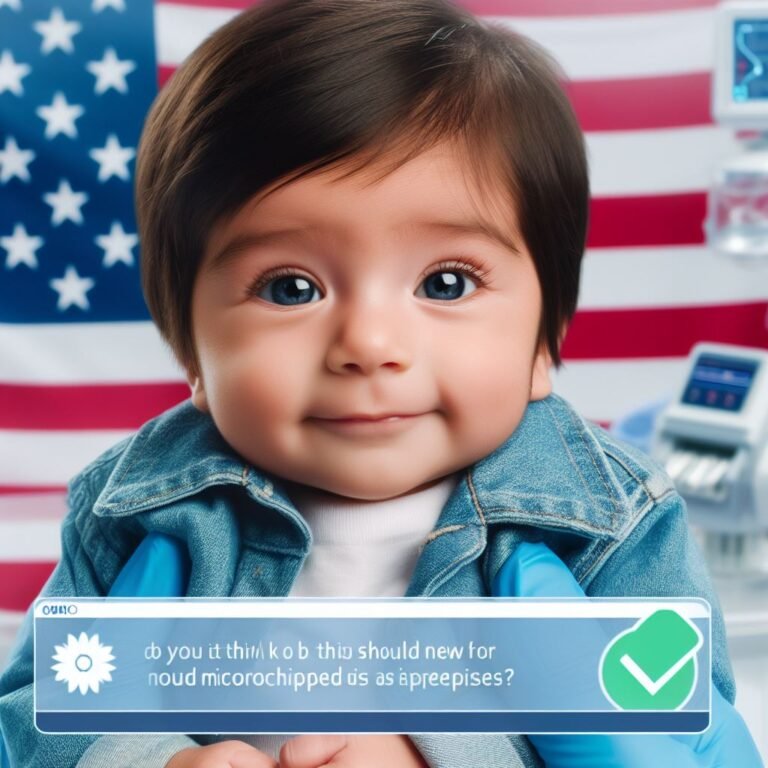Is Sushi and Sashimi Safe for Young Kids ?
Discover the delicate art of serving sushi and sashimi to young children, ensuring their safety while introducing them to the wonders of Japanese cuisine.
This article explores the potential risks associated with these delicacies, as well as the benefits they offer to young palates.
With a focus on safety precautions and age recommendations, we also provide valuable tips on making sushi and sashimi kid-friendly.
Join us as we embark on a culinary journey that celebrates both taste and well-being.
Key Takeaways
- Sushi and sashimi can pose risks of foodborne illness and mercury exposure for young children.
- Parents and caregivers should prioritize sourcing fresh and high-quality fish, choosing cooked or vegetarian options, and monitoring the temperature and chilling of the sushi.
- Introducing sushi or sashimi to kids can provide nutritional benefits, taste exploration, fine motor skill development, and cultural appreciation.
- Age recommendations suggest gradually introducing Sushi / Sashimi to toddlers and kids based on their age, starting with cooked options before gradually introducing raw fish.
Potential Risks of Sushi and Sashimi for Young Children
Examining the potential risks of consuming sushi and sashimi for young children is essential to ensuring their safety and well-being. While sushi and sashimi can be a healthy and delicious option for adults, it is important to consider the potential risks they may pose to young children.
One of the main concerns is the risk of foodborne illnesses, such as salmonella or norovirus, which can be found in raw or improperly handled seafood. Young children have a weaker immune system, making them more vulnerable to these infections.
Additionally, sushi and sashimi often contain high levels of mercury, which can be harmful to the developing nervous systems of young children.
It is crucial for parents and caregivers to be aware of these potential risks and make informed decisions when it comes to serving sushi / sashimi to young children.
Benefits of Introducing Sushi and Sashimi to Kids
Introducing sushi and sashimi to kids can have several potential benefits, contributing to their overall health and development. Here are some of the advantages:
- Nutritional value: Sushi and sashimi are often made with fresh fish, which is a great source of lean protein, omega-3 fatty acids, and essential vitamins and minerals.
- Taste exploration: introducing sushi or sashimi to kids exposes them to new flavors and textures, expanding their palate and encouraging them to try different types of food.
- Fine motor skills: Eating sushi / sashimi with chopsticks can help develop hand-eye coordination and fine motor skills in children.
- Cultural appreciation: Learning about and experiencing different cuisines, such as Japanese cuisine, promotes cultural appreciation and understanding in young minds.
- Healthy eating habits: By introducing Sushi / Sashimi early on, children can develop a taste for healthy and nutritious foods, setting a foundation for lifelong healthy eating habits.
Incorporating sushi and sashimi into a child’s diet can provide numerous benefits, promoting their overall health and well-being while fostering curiosity and appreciation for diverse cuisines.
Safety Precautions When Serving Sushi and Sashimi to Kids
Ensuring the safety of young children when serving sushi and sashimi requires implementing appropriate precautions. When serving sushi and sashimi to kids, it is important to prioritize their health and well-being.
Firstly, it is crucial to source fresh and high-quality fish from reputable suppliers. This reduces the risk of contamination and foodborne illnesses.
Secondly, it is advisable to choose cooked or vegetarian sushi options for young children, as these are generally considered safer. Raw fish can contain parasites and bacteria that may be harmful to their delicate immune systems.
Additionally, parents and caregivers should closely monitor the temperature of the sushi and sashimi to ensure it is properly chilled to reduce the risk of bacterial growth.
Age Recommendations for Introducing Sushi and Sashimi to Kids
Introducing sushi and sashimi to children should be approached with consideration for their developmental readiness and dietary needs. While Sushi / Sashimi can be a healthy and delicious addition to a child’s diet, it is important to wait until they are developmentally ready to safely consume these foods.
Here are some age recommendations to keep in mind:
- Around 2 years old: Start introducing cooked sushi options like tamagoyaki (Japanese omelette) or tempura rolls.
- Around 4-5 years old: Introduce simple sushi rolls with cooked fish or vegetables.
- Around 7-8 years old: Introduce raw fish options like salmon or tuna in moderation.
- Around 10 years old: Gradually introduce more varieties of sushi and sashimi while ensuring the quality and freshness of the fish.
Always monitor your child’s reaction and consult with their pediatrician if you have any concerns or questions.
Tips for Making Sushi and Sashimi Kid-Friendly
When preparing sushi and sashimi for young children, it is essential to consider their preferences and dietary needs. Making sushi and sashimi kid-friendly can be a fun and creative way to introduce children to different flavors and textures. Here are some tips to make your Sushi / Sashimi more appealing to young palates:
- Use child-friendly ingredients: Opt for mild and familiar flavors such as cucumber, avocado, cooked shrimp, or smoked salmon. These ingredients are less likely to overwhelm young taste buds.
- Customize the rolls: Involve your children in the preparation process by allowing them to choose their favorite ingredients and toppings. This will make them feel more excited and invested in their meal.
- Minimize raw fish: While Sushi / Sashimi traditionally include raw fish, it may be best to start with cooked or smoked options until your child becomes accustomed to the taste and texture.
- Bite-sized portions: Cut rolls and sashimi into smaller, manageable pieces that are easy for little hands to hold and eat.
Frequently Asked Questions
What Are the Potential Risks of Sushi and Sashimi for Young Children?
Potential risks of consuming Sushi, Sashimi for young children include the possibility of foodborne illnesses, such as bacterial or parasitic infections, due to raw or undercooked seafood. These risks can be minimized through proper food handling, sourcing, and preparation techniques.
Are There Any Benefits to Introducing Sushi and Sashimi to Kids?
Introducing sushi and sashimi to kids can have several benefits. These include exposing them to different flavors and textures, promoting a diverse diet, and encouraging the consumption of omega-3 fatty acids found in fish.
What Safety Precautions Should Be Taken When Serving Sushi and Sashimi to Kids?
When serving sushi and sashimi to young children, it is crucial to prioritize their safety. Ensuring the freshness and quality of the ingredients, avoiding raw fish, and considering potential allergies are essential precautions to take.
At What Age Is It Recommended to Introduce Sushi and Sashimi to Kids?
When it comes to introducing Sushi / Sashimi to young children, it is recommended to wait until they are at least 4 years old. At this age, their immune systems are more developed and better able to handle the potential risks associated with raw fish consumption.
What Are Some Tips for Making Sushi and Sashimi Kid-Friendly?
When it comes to making sushi and sashimi kid-friendly, there are several tips to consider. These include selecting fresh and high-quality ingredients, ensuring proper food handling and preparation techniques, and providing age-appropriate portion sizes and flavors.
Conclusion
In conclusion, while sushi / sashimi can pose potential risks for young children, when served with caution and consideration, they can provide numerous benefits.
Just as a skilled sushi chef delicately crafts each piece, parents can carefully introduce these culinary delights to their little ones.
By following safety precautions and age recommendations, sushi or sashimi can become a kid-friendly adventure, like discovering a hidden gem in the vast ocean of flavors.






